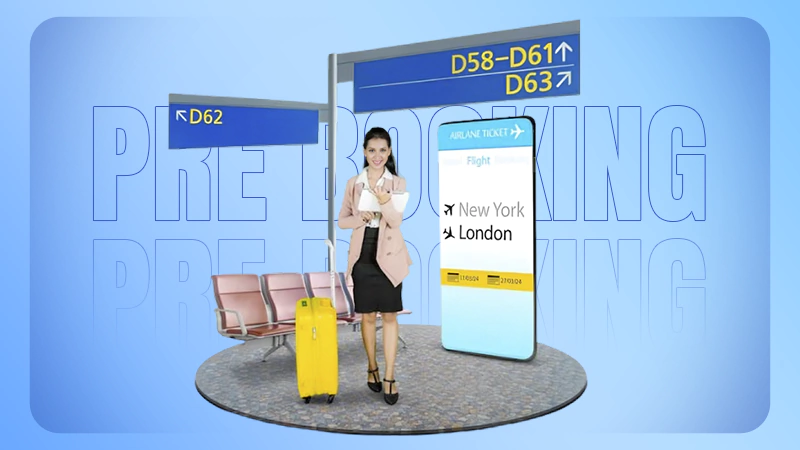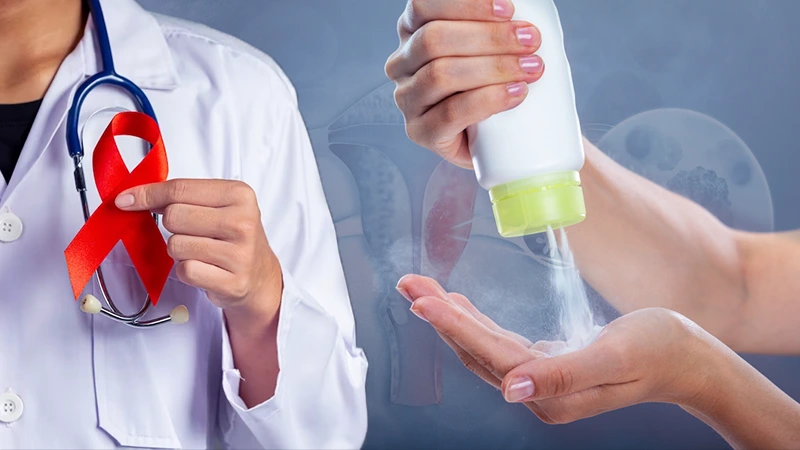10 Basic First Aid Opinion
First aid is the emergency care or treatment given to a sick or injured person, in most cases, it’s always the only treatment needed while in some cases it could be the necessary steps to take to ensure an injured person stays alive till help comes or the person is taken to the hospital.
Certainly, many accidents occur daily regardless of wherever that may be or the degree of the injury, some basic first aid training could save lives and prevent excruciating pain to an injured person.
Below are ten basic first aid training every individual must be equipped with. By the way, check First Aid Pro for the best first aid courses.
The ABC of First Aid
ABC of first aid is the initials used in referring to the priorities you must ensure whenever you find yourself in a situation requiring first aid treatment. The letters stand for airway, breathing, and circulation. Keep the airway open, whenever you find someone unconscious, this will ensure they keep on breathing and are properly positioned. Air circulation is essential to whatever resuscitating trick you do.
Also, Read to Know: What is Integrative Medicine and When is It Appropriate to Use It with Patients
The Three P’s
The very aim of first aid treatment is summed up in the three P’s which are;
Preserving life
Preventing further injury
Promoting recovery
In an emergency, there is always an atmosphere of fright and panic, that’s why this ideology is summed up simply. If you found someone injured, do everything you can to preserve their life, ensure you take measures to prevent further injury, and take care of their wound or injuries in the right way that will promote recovery. And there you have it, the simple rule of first aid treatment.
Check the Scene for Danger
You don’t want to put yourself in a dangerous or fatal situation when taking care of others. Examine the scene of the incidents for potential dangers that may affect you or the victims further. This way, you will ensure the stability of the victims and protect yourself from unforeseen hazards.
Prevent Excessive Bleeding
One thing for sure is that most injuries or wounds that lead to a grave situation are a result of significant blood loss by the victim. The first thing to do for an injured person is to look for something that you can use in applying pressure on the wound until you stop the bleeding.
Treating Burns
Burns wounds are very painful and could lead to a greater level of discomfort. One thing to do is find wet clothes and place them on the wound till paramedics or the victims are taken to the hospital. This will compress the burnt area and prevent further damage to the skin.
Treating Sprains
Sprain injuries happen a lot of time, and this may be either to the ankle or the wrist. Though sprain injuries are not fatal, they most often lead to swelling as blood keeps flowing to the injured part. Put ice in an ice bag or wrap it in a cloth and place it on the injury. Do not place the ice directly on the skin. Gently compress the injured part or out it in a brace. Then fasten the ice on the injury and remove it at intervals to compress the injured area. Ice restricts the blood vessels which reduces the flow of blood to an injured area thereby reducing the swelling.
Treating Heat Exhaustion
When people are exposed to high temperatures for a very long time, doing strenuous activities, or are dehydrated for a very long time, they are at the risk of having heat exhaustion. The following can be a symptom of heat exhaustion; cool or moist skin, heavy sweating, weak pulse, headaches, and muscle cramps.
When attending to someone suffering from heat exhaustion, get the person away from direct sunlight, give them water till they become hydrated, and also, place on their forehead a cool cloth to reduce their body temperature.
Treating Hypothermia
Hypothermia is a situation whereby your body temperatures drop below 95 degrees Fahrenheit which is always a result of prolonged exposure to cold temperatures.
You can notice hyperthermia by the following sign such as shivering, weak pulse, weak combination, confusion cold or red skin, and loss of consciousness. Gently move the person out of the cold without pulling or jarring excessively to avoid triggering their body into cardiac arrest. Remove the wet clothing on them and cover them with blankets while making use of heat packs. Do ensure you don’t apply the heat directly to the skin as this could lead to skin damage. Give them warm fluids
Treating Allergic Reactions
Allergic reactions are often the result of the body’s hypersensitivity to certain foreign substances such as a bee sting, types of food, or drug ingredients.
One of the best ways of treating an allergic reaction is using EpiPen “Epinephrine Autoinjector”. EpiPen is used to inject epinephrine or adrenaline into a victim of an allergic reaction to subdue the allergic reaction. Ensure that no clothing material is obstructing the victim from breathing and if the allergic reaction isn’t subdued after the first dose says after five to ten minutes, then inject a second dose.
Performing CPR
CPR means cardiopulmonary resuscitation which is used to restore breathing and blood circulation to an unconscious and unresponsive person. CPR is a very crucial procedure that every first aider must be armed with and require some level of intensive training to be able to carry out the process successfully.














